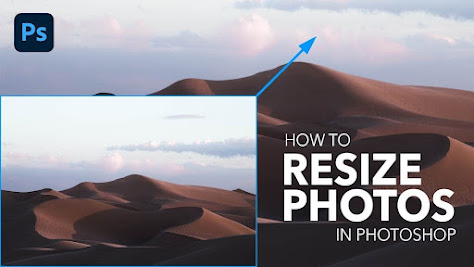The easiest image-resizing method

The easiest image-resizing method Alternative #1: Resize an image in Photoshop while exporting Ctrl + O - - - >open - - - >layer - - - >Expert As - - - >change image size you want - - - >Export Alternative #2: Resize and image in Photoshop through the Properties panel Step 1: Open your image with Ctrl/Cmd+O hotkey. Step 2: Double-click the background layer to unlock it. Step 3: Go to Window in the top menu. From this alphabetically sorted list, choose Properties. Step 4: With the chain icon pressed, type in your new width (W) and height (H) values. Step 5: Go to the top menu to Image. From the list, choose Trim. Step 6: Choose Transparent Pixels from the Trim dialog and check all four options. Hit OK. Alternative #3: How to resize an image in Photoshop through Free Transform Step 1: Go to the Layers panel and double-click Background. This will unlock the layers so that you can resize it. Step 2: Hit OK in this New Layer dialog. Step 3: Use Ctrl/Cmd+T to enter Free T...

